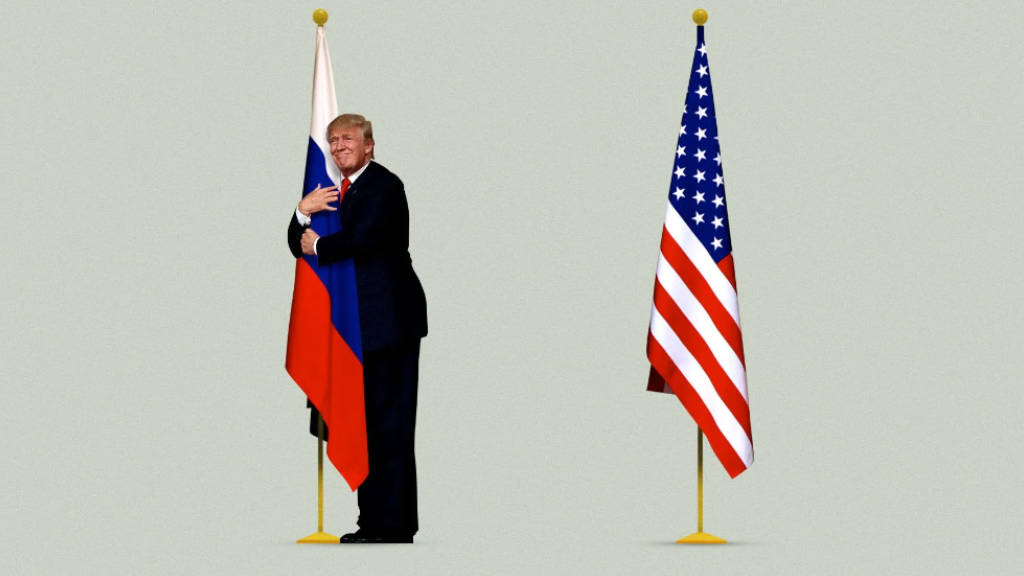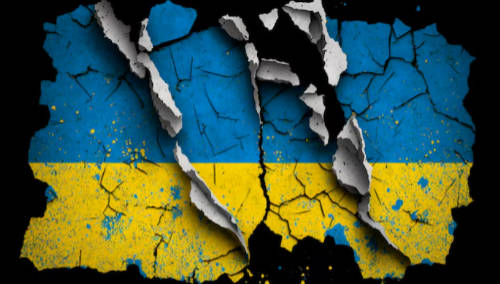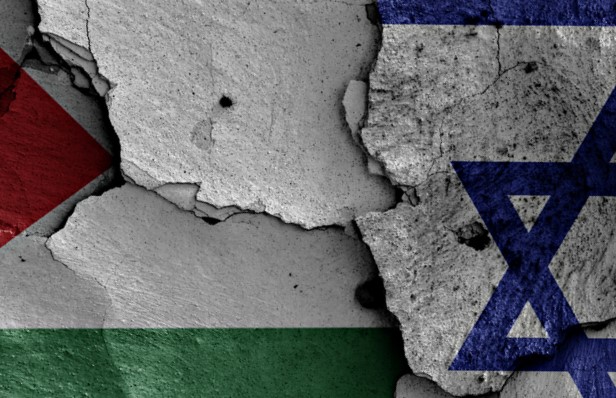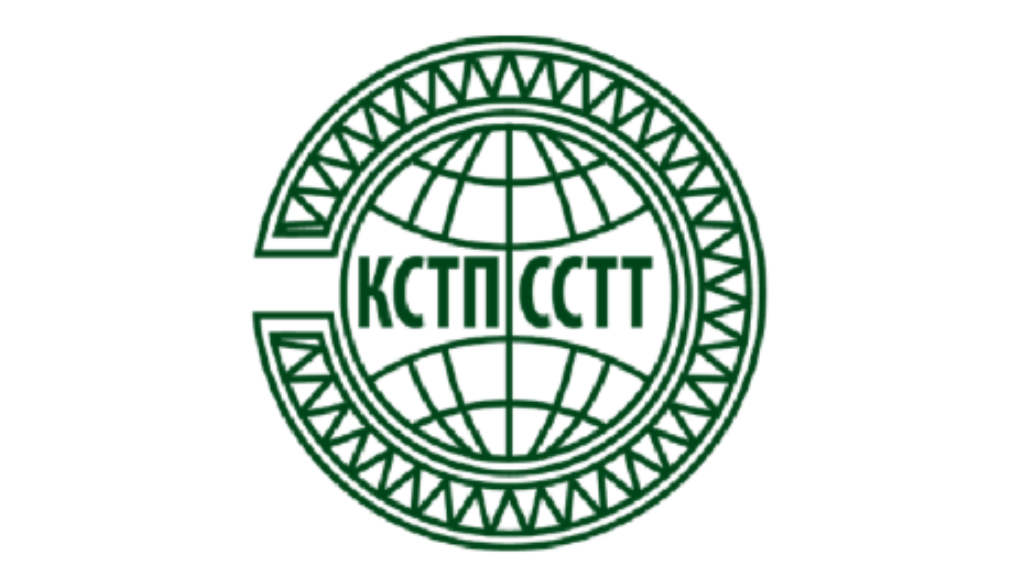
Part One – Conflict Resolution
With Donald Trump about to become the 47th President of the United States, we look at the various issues his Presidency is likely to impact upon Russia, from Ukraine, Sanctions, Security, Tariffs, Trade and BRICS. In this Part One, we look at conflict resolution.
Hold Your Breath
Trump will not actually move into the White House until January 20th, in a strange quirk of the US political system, there is a ten-week waiting time for new Presidents to be inaugurated. However, Trump appears eager to act and with a now lame-duck, ineffectual US administration in place – both President Biden and Vice-President Harris remain in office – real change may not be possible until the New Year. The out-going Biden administration therefore still have time to put in place regulatory issues designed to continue their policies, even after a Trump administration is sworn in. This has potential impact on many issues, however key amongst them is providing finance for Ukraine. Biden has already stated he intends to “Trump-proof” US military expenditure to Kiev, and if he retains enough support to push that through, it may impact upon Trumps intent to find a resolution.
Ukraine

Trump has stated he will stop the Russia-Ukraine conflict, the real issue is how, if at all, the Biden administration makes it difficult for Trump to cut off the financial flow. That might take some legal wrangling, but Trump is in a strong position now, Trump and the Republicans have also won control of the US Senate and are highly influential in the US Supreme Court. Whatever obstacles the Democrats could have put in his way can be expected to be overturned – in time. The issue becomes a battle of wills between the vested interests in financing the war and the vested interests in bringing it to an end. US finance appears to be the key here. Trump can probably get this done in short order. What will be more difficult to accomplish is pacifying the UK and EU, whose politicians and populations have been told that Russia is an imminent threat.
Security Finance
While it appears the EU is also becoming tired of the conflict, it will be reluctant to agree to any cessation unless it has military guarantees in place, and these will need to come from the United States. That is difficult as Trump has already expressed immense dissatisfaction with the US financing of NATO. Trump will be looking at that with intense detail. With the EU also in fiscal dire straits, the security aspect for the bloc looks problematic. The choice is to develop an independent, EU military – which brings back reminders of WWI and WWII when this disparate group of countries previously went through a mass militarisation campaign. EU financiers will be looking at the least expensive option – the easiest route leads back to NATO. But for that, Trump will exact a cost, meaning that European military and security budgets are almost certain to rise as a percentage of GDP. To give an example, the US spends 3.9% of its GDP on its military, the EU 1.2%. Trump will want to see the EU match US expenditure levels. Either way, EU taxpayers will have to foot the bill in a political move that sees the pro-conflict EU politicians get off the hook.
Settlement
Trumphas labelled the Ukrainian President Zelensky a ‘great salesman’ in reference to the billions of dollars he extracted from Washington. But what isn’t known are his negotiating skills, beyond the ability to be somewhat blunt and aggressive. That strategy won’t work with Putin. It also seems that without additional, significant financing, Russian troops are now making substantial territorial gains in East Ukraine. If Trump is able to stop the financing, it leaves Zelensky with very few cards to play. The only bargaining chips he currently retains to stop the fighting that may at least leave Ukraine with some territory, are agreements with Russia the country will not join NATO (Trump wouldn’t want the Ukrainian expense anyway), would not house NATO hardware, and will adopt neutrality into its constitution.
Putin might be more territorially amenable if such terms are agreed. On the other hand, Putin could go all in, remove the current government and bring the entire country back into the Russian orbit. As regards Ukraine joining the EU, assuming it retained some sovereignty, Putin wouldn’t object. He is well aware the country has long been in fiscal dire straits and would be more than happy to see the European Union spend its money to sort it out. Another burden for EU taxpayers. But at least their corporates may be able to extract some profits from absorbing Ukrainian key industrial and productivity assets, and from any reconstruction build. If not, Russia will provide the impetus.
The Middle East

This will prove a tough conflict to solve. It was telling that Benjamin Netanyahu, the Israeli Prime Minister, sent Trump a telegram congratulating him on his 2024 election victory even before Trump had acquired the majority of seats. Israel has been violently successful in rooting out both Hamas in Palestine and Hezbollah in the Lebanon, although the question of what happens next remains problematic – the next logical target would be Iran, but that is a totally different level of escalation. There are also humanitarian concerns – what to do with the millions of people now displaced in Gaza and Beirut, although Israel doesn’t appear to have shown any commitment to this. Perhaps Netanyahu feels the US or UN can pick up the bill.
Israel, against Russian wishes, as Moscow has advocated a two-state solution, will also want to keep Gaza and effectively annex it. Gaza, while now obliterated, is primary Mediterranean coastal real estate. That is a project that Trump can understand, and it will be interesting to see how he can manipulate US interests to become involved. The downside here – and it is a significant one – is how the rest of the Arab world feel about the Palestinians. They represent a Muslim bulkhead against a Zionist state. That will also come down to money, eventually, but does not bode well for any future for Palestine. We suspect that the remnants of the Palestinian population will be resettled in the United States and the Middle East with incentives given for instigating this. The key issue here is the real brotherly love fellow Muslims feel for the Palestinians. They have long been among the poorest in the region, and have always required fiscal support. With this area of the Middle East having changed hands so many times dating way back beyond the Biblical and Koranic eras, the contemporary Palestinians may ultimately be seen as a regional anachronism, whose fate has been to suffer a destruction similar to that of the Cush, Puts, and Meshesh, amongst many others. It is sad, however this appears to be the likely outcome. The Middle East will then be free to develop as it was in the pre-Palestinian conflict days and can concentrate instead on resolving other regional conflicts in Ethiopia, Sudan, Syria, and Yemen.
For Moscow, this scenario represents a small loss, most notably as it has stood up for the rights of Palestine and the Palestinians. If they are absorbed into the wider regional community then Moscow loses some regional influence. Russia will also be concerned about any US military presence in the region, with an eye on any potential future mischief being created throughout the region. Several countries which Russia has a vested interest in, such as Libya, Syria and Iraq remain vulnerable to US pressure.
Meanwhile, Russian shipping companies have already begun developing new shipping routes to Israel’s Port Haifa, possibly in response to a perceived regional peace on Tel Aviv’s immediate terms.
Part Two of “What A Trump Presidency Will Mean For Russia” will cover the impact on US-Russia sanctions, tariffs, trade and the BRICS. To make sure you can access it and obtain the full US-Russia picture, take a complimentary subscription and sign up for our weekly round up here. or follow us on X (Twitter) here.
Further Reading





